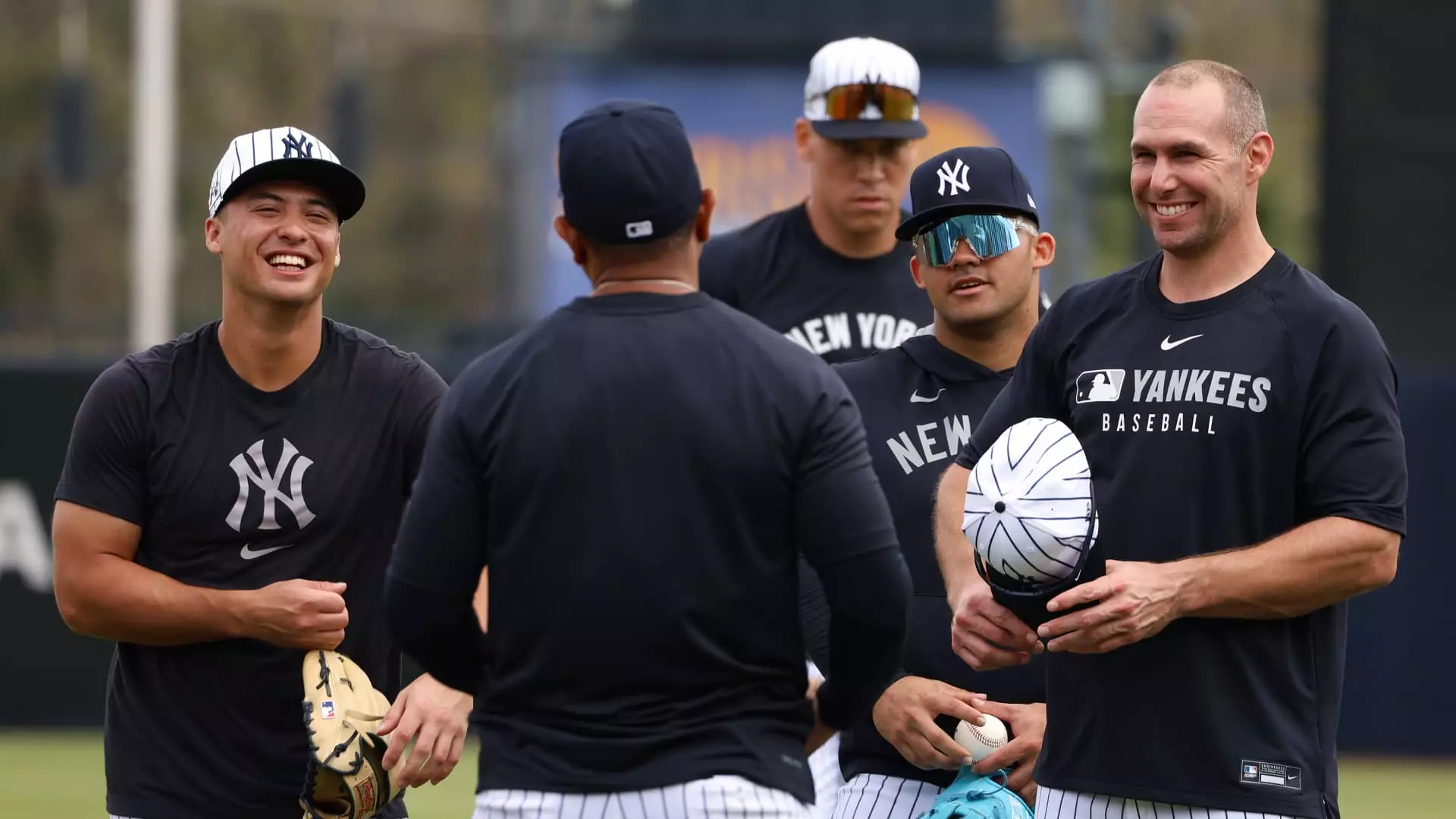Breaking Tradition: The New York Yankees Lift Their Facial Hair Ban

For the first time in nearly half a century, the New York Yankees have made a bold move to modernize their image by allowing players to sport well-groomed beards. This shift, announced by owner Hal Steinbrenner, marks a significant departure from a long-standing tradition that has defined the team’s culture and ethos since the 1970s. Steinbrenner’s decision comes after extensive dialogue with former and current players, suggesting that the team is ready to embrace a more inclusive atmosphere that reflects contemporary societal norms.
The Origins of the Ban
The original facial hair policy, implemented by George Steinbrenner, was rooted in the founder’s desire to instill discipline among the players. George believed that maintaining a clean-cut appearance would foster team cohesion and pride in wearing the Yankees uniform. The strict guidelines permitted only mustaches, with exceptions for religious reasons, while prohibiting any hair that extended below the collar. As such, this policy has long been viewed by many as an outdated notion dictating personal expression in a sport that has evolved considerably over the decades.
Resistance and Criticism
Throughout the years, the rule has faced considerable pushback from players. Notable incidents, such as captain Don Mattingly being benched for refusing a haircut in 1991, illustrate the tension between tradition and individuality. Furthermore, comments from players like Andrew McCutchen highlight the potential drawbacks of such stringent regulations—McCutchen himself admitted that joining the Yankees would have posed a challenge due to his dreadlocks, a signature aspect of his identity during his time with the Pittsburgh Pirates. That anecdote underscores how rigid policies can alienate prospective talent, aligning less with the team’s reputation for excellence and teamwork.
The strict adherence to the beardless tradition more than once has limited the team’s options in acquiring certain players. General Manager Brian Cashman once overlooked potential trades due to a player’s insistence on keeping their beard, indicating that the policy not only stifles personal freedom but can also impact the future of the franchise. Similarly, superstar pitcher David Price openly expressed his reluctance to join the Yankees, specifically due to the old-fashioned hair policy. This has sparked a conversation around the balance between maintaining cultural identity and being adaptable to changing times.
With the recent change in policy, the Yankees have signaled a willingness to embrace a more progressive outlook, aligning with modern sensibilities in professional sports. Players can now express themselves through their grooming choices while still adhering to the hallmark standards of the Yankees heritage. Whether this decision will attract new talent or alter team dynamics remains to be seen, but it undoubtedly represents an important step toward relatability within an ever-evolving sporting landscape. The Yankees’ choice to adjust their stance on facial hair could very well redefine what it means to wear the iconic pinstripes in the years to come.





